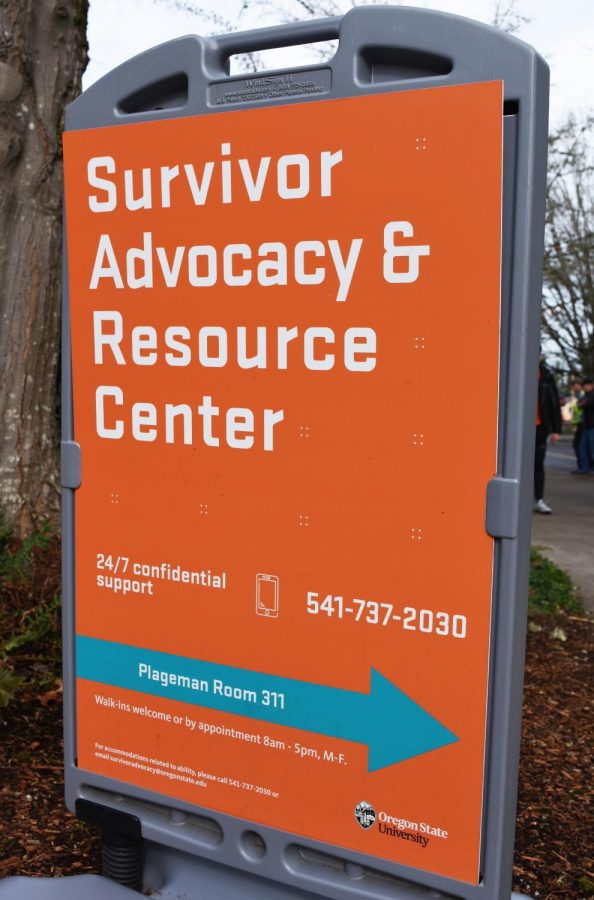EOA releases new process for sexual harassment filed against, among employees
February 17, 2020
Correction: Initially, the incorrect acronym was used for Equal Opportunity and Access. This issue has been resolved. The Barometer regrets this error.
The Equal Opportunity and Access office sent out a campus-wide statement regarding a new investigation and resolution process for faculty at Oregon State University on Jan. 17.
According to the email, the aim of the new process is the opportunity to create an environment free of violence, harrasment and sex discrimination amongst all faculty.
In an email statement by Kim Kirkland, the executive director at EOP, she said the process is made for “when there are allegations that an OSU employee has engaged in behavior that would violate the Sexual Misconduct and Discrimination policy, therefore raising issues under Title IX, and to bring that process more in line with the process that applies to allegations that an OSU student engaged in behavior that would violate the policy.”
Title IX states that no person should be discriminated on the basis of sex in any educational program. Oregon State University functions under Title IX because of its ties to federal funding.
“It is important that our processes for addressing issues that raise questions under Title IX be similar for both employees and students, save for those differences that are necessary given the different relationship to the institution of employees and students,” Kirkland said.
The three main updates to the new process include access to the investigator’s gatherings and information gathered about the case, the decision whether available information establishes a violation of policy, and the opportunity for both parties to appeal their decision.
According to Kirkland, the updates will help in the way the university creates consistency in how they respond to allegations, allow both parties to know what to expect in the invesigations, and allow students who report the sexual misconduct or discrimination against employees receieve the same process as students who file against other students.
“Employees have always had the right to challenge any corrective action that may have been taken when there has been a finding of a policy violation, but neither the responding employee, nor the reporting party have had the right to appeal the policy determination,” Kirkland said.
For students who have experienced sexual violence or harrasment, the Survivor Advocacy and Resource Center is a confidential place where students can ask for support and receive free resources whether or not they report. Services include crisis intervention, safety planning, academic assistance, connection to medical care, counseling and support groups.
“Some survivors choose to report their experience and others do not, for a variety of personal reasons,” said Kimberly Hack, advocate at SARC. “Anonymous reporting can be helpful for people who would like their experience documented and to alert the authorities to an issue, while maintaining their privacy. Some survivors fear retaliation or do not want to engage in a process, so being able to share their experience in an anonymous way can be a powerful step for them.”


















































































![Newspaper clipping from February 25, 1970 in the Daily Barometer showing an article written by Bob Allen, past Barometer Editor. This article was written to spotlight both the student body’s lack of participation with student government at the time in conjunction with their class representatives response. [It’s important to note ASOSU was not structured identically to today’s standards, likely having a president on behalf of each class work together as one entity as opposed to one president representing all classes.]](https://dailybaro.orangemedianetwork.com/wp-content/uploads/2025/03/Screenshot-2025-03-12-1.00.42-PM-e1741811160853.png)

























